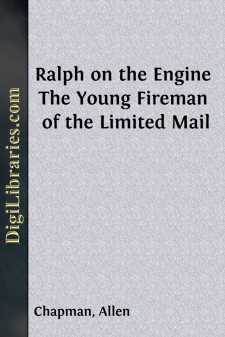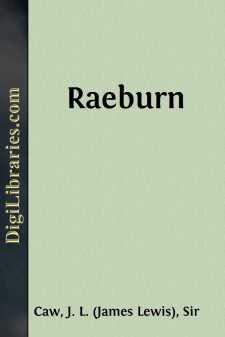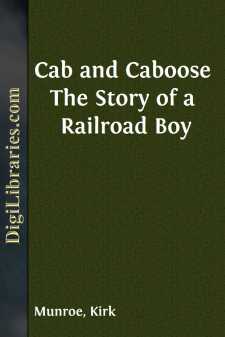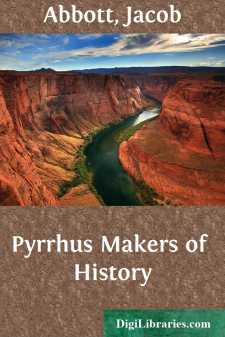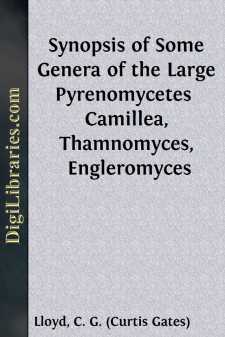Non-Classifiable
- Non-Classifiable 1768
Non-Classifiable Books
Sort by:
Your eloquent and interesting Sermons on Infidelity, I have read with the interest arising from the nature of the subject you have discussed, and the impressive manner in which you have treated it. As it is understood that the appearance of those Sermons was owing to a Book lately published by me, I request your pardon for a liberty I am about to take, which in any other circumstances I should blush to...
more...
FOREWORD. Every summer there is demand for illustrated literature describing the mountain variously called "Rainier" or "Tacoma." Hitherto, we have had only small collections of pictures, without text, and confined to the familiar south and southwest sides. The little book which I now offer aims to show the grandest and most accessible of our extinct volcanoes from all points of view....
more...
by:
Allen Chapman
CHAPTER I THE NIGHT RUN “Ralph Fairbanks.” “On hand, sir.” “You are to relieve Fireman Cooper on the Dover slow freight.” “All right, sir.” Ralph Fairbanks arose from the bench on which he was seated in the roundhouse at Stanley Junction. Over a dozen men had been his companions for the past hour. There were engineers waiting for their runs, firemen resting after getting their...
more...
When in 1810, Henry Raeburn, then at the height of his powers, proposed to settle in London, Lawrence dissuaded him. It is unnecessary, as it would be unjust, to insinuate that the future President of the Royal Academy had ulterior and personal motives in urging him to rest content with his supremacy in the North. Raeburn was fifty-five at the time, and, after his undisputed reign at home, even his...
more...
by:
Kirk Munroe
“Go it, Rod! You’ve got to go! One more spurt and you’ll have him! There you are over the line! On time! On railroad time! Three cheers for Railroad Blake, fellows! ’Rah, ’rah, ’rah, and a tigah! Good for you, Rod Blake! the cup is yours. It was the prettiest race ever seen on the Euston track, and ‘Cider’ got so badly left that he cut off and went to the dressing-room without...
more...
by:
Francis Lynde
I. IN WHICH WE TAKE PASSAGE ON THE LIMITED It was a December morning,—the Missouri December of mild temperatures and saturated skies,—and the Chicago and Alton's fast train, dripping from the rush through the wet night, had steamed briskly to its terminal track in the Union Station at Kansas City. Two men, one smoking a short pipe and the other snapping the ash from a scented cigarette, stood...
more...
INTRODUCTION Although the quilt is one of the most familiar and necessary articles in our households, its story is yet to be told. In spite of its universal use and intimate connection with our lives, its past is a mystery which—at the most—can be only partially unravelled. The quilt has a tradition of long centuries of slow but certain progress. Its story is replete with incidents of love and...
more...
by:
Jacob Abbott
Pyrrhus, King of Epirus, entered at the very beginning of his life upon the extraordinary series of romantic adventures which so strikingly marked his career. He became an exile and a fugitive from his father's house when he was only two years old, having been suddenly borne away at that period by the attendants of the household, to avoid a most imminent personal danger that threatened him. The...
more...
INTRODUCTION. Fourteen years ago the author came to Quaker Hill as a resident, and has spent at least a part of each of the intervening years in interested study of the locality. For ten of those years the fascination of the social life peculiar to the place was upon him. Yet all the time, and increasingly of late, the disillusionment which affects every resident in communities of this sort was...
more...
THE GENUS CAMILLEA. The receipt of a nice specimen of Camillea Cyclops from Rev. Torrend, Brazil, has induced us to work over the similar species in our collection. On our last visit to Europe we photographed the various specimens we found in the museums, but did not study them as to structure. However, they make such characteristic photographs that we believe the known species can be determined from...
more...




